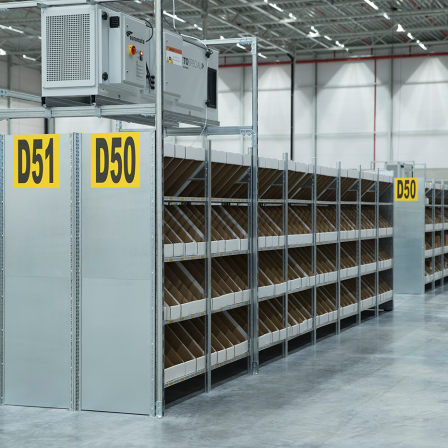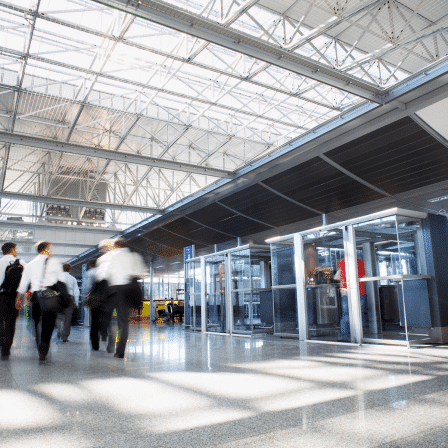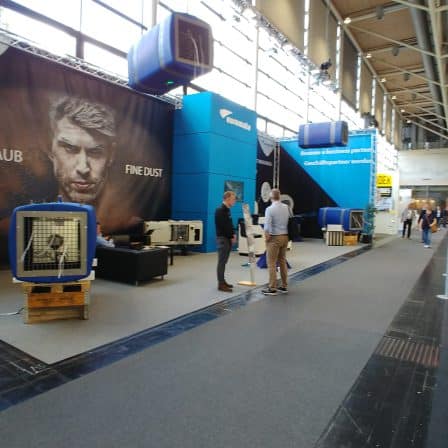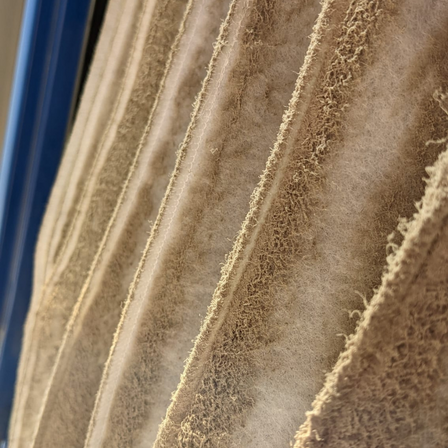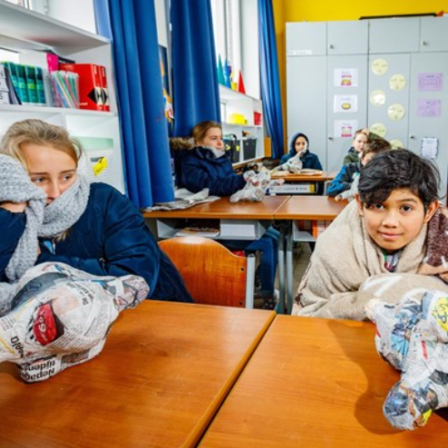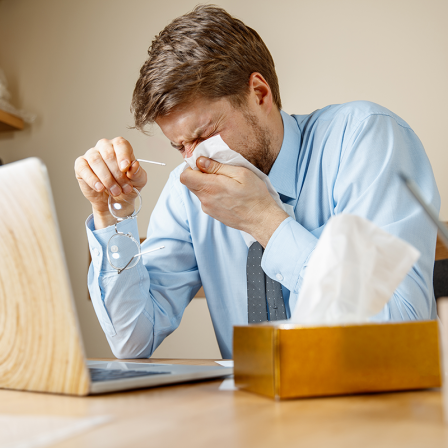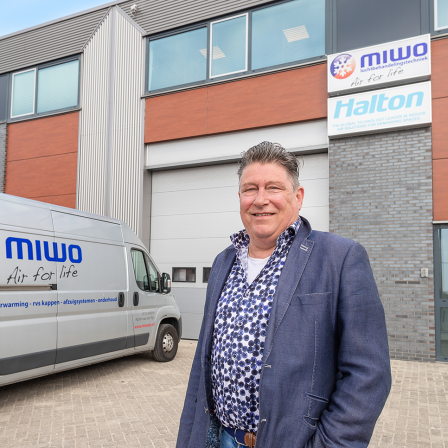Why measuring CO2 is not the best way to tackle corona infections
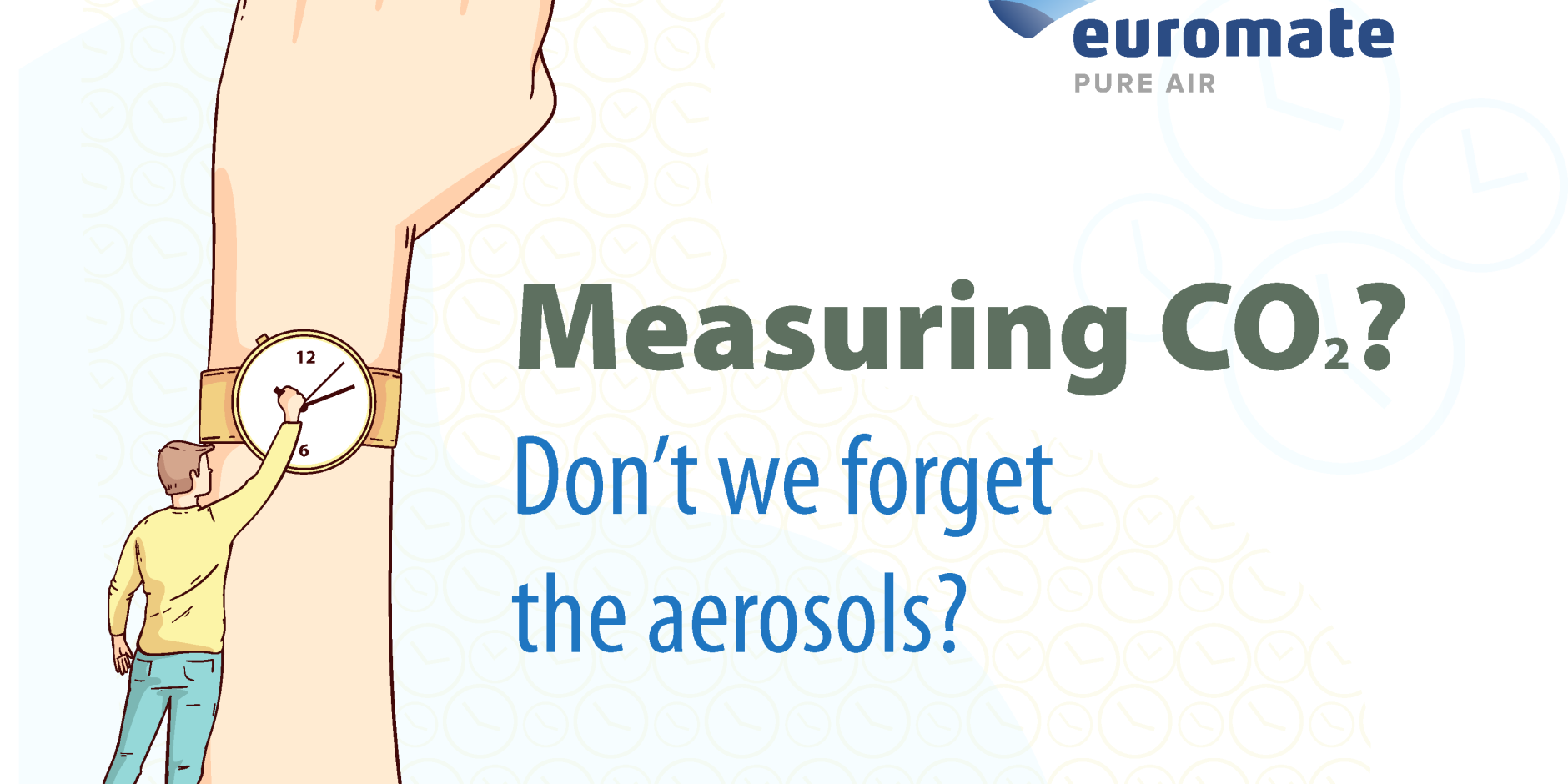
Measuring CO2 is a way of discovering the ventilation of a room. The higher the CO2, the less outside air is being introduced into that space. A room where people exercise indoors needs more outside air than a room where two people work. However, the conclusion that by measuring CO2 you also know whether or not you are safe from corona contamination is incorrect. We are happy to explain to you how this works.
CO2 in indoor spaces
When you breathe, there is a supply of oxygen to the lungs and a removal of carbon dioxide (CO2) from the lungs. This carbon dioxide is exhaled through the nose or mouth. You can say: the more people breathe in a room, the more CO2 is released into the room. A CO2-meter measures the quantity of this exhaled CO2 in the air. The device measures this in ‘parts per million’ or ppm. A normal amount of CO2 lies between 600 and 900 ppm. When this number exceeds 900 ppm, it says something about the ventilation of the room. Ventilation means blowing outside air into a room and extracting the existing air (air containing CO2, for example) from the room. The CO2 rises slowly in a room; it can take hours before the values become too high.
Building Decree
When CO2 values rise above 1200 ppm, you will notice that you have more trouble concentrating. In order to prevent this, in the Netherlands the Dutch Building Regulations must be observed when constructing a building. The Building Regulations describe the requirements that ventilation must meet to prevent CO2 from building up in a room. This means that all air must be refreshed with outside air approximately once an hour (this is also called one air change). With the ventilation requirements, the Buildings Regulations has only taken into account the build-up of CO2, so this air exchange rate is not aimed at preventing the spread of viruses. The starting point of the Buildings Regulations is therefore comfort and not health.
Aerosols
Besides the possibility of being infected with a virus via surfaces, coughing and sneezing, the inhalation of air containing the virus is the major culprit. A virus is exhaled by humans in the form of minuscule particles called aerosols. These particles can remain suspended in a room for over six hours. A person can become ill if these minuscule particles are inhaled for longer than 15 minutes. If you want to prevent someone from being infected, you must therefore prevent the contaminated air from being inhaled for a longer time. A ventilation system must provide at least five air changes per hour and is not designed for this.
Ventilation and air cleaning
Adapting a ventilation system from one to five air changes per hour involves high costs. To stay together in a room safely and affordably, an air cleaner is the best solution. Installing the right air cleaner will ensure that the ventilation deficit is made up by cleaning the entire air from the room of contamination such as viruses, bacteria, pollen, fine dust, etc. at least five times an hour.
Summary
Measuring the CO2 value in a room says nothing about the amount of virus particles (aerosols) present in the air. Infection through the inhalation of aerosols containing virus particles can be prevented by using air cleaners. By cleaning the indoor air with air cleaners, you can safely be together again in a room, such as at school and the office.
